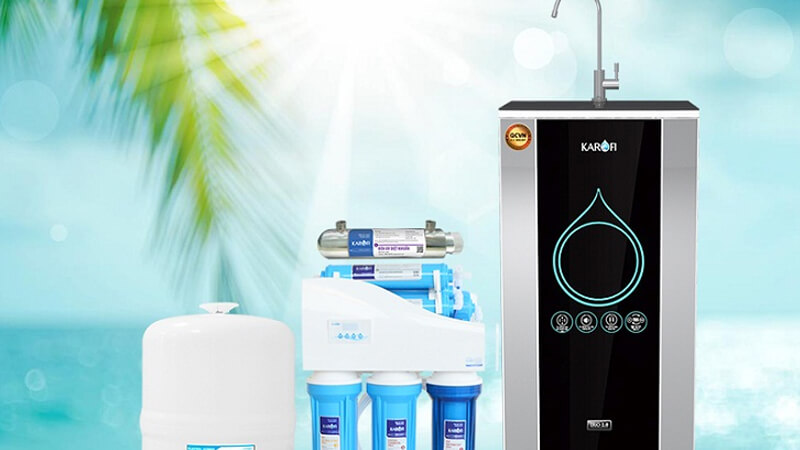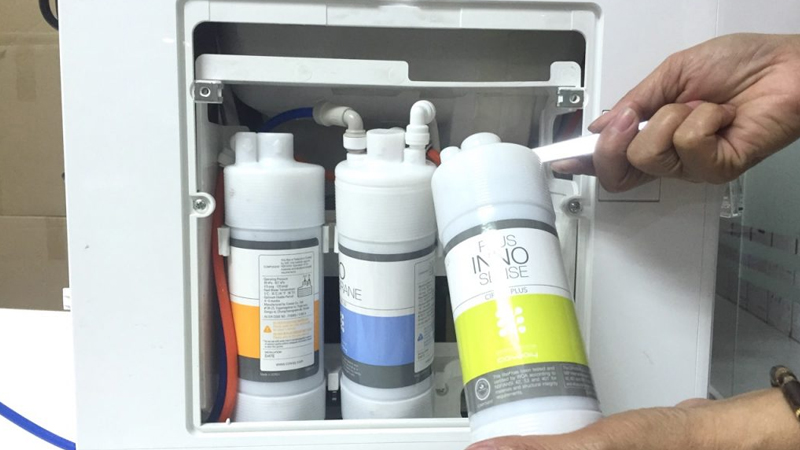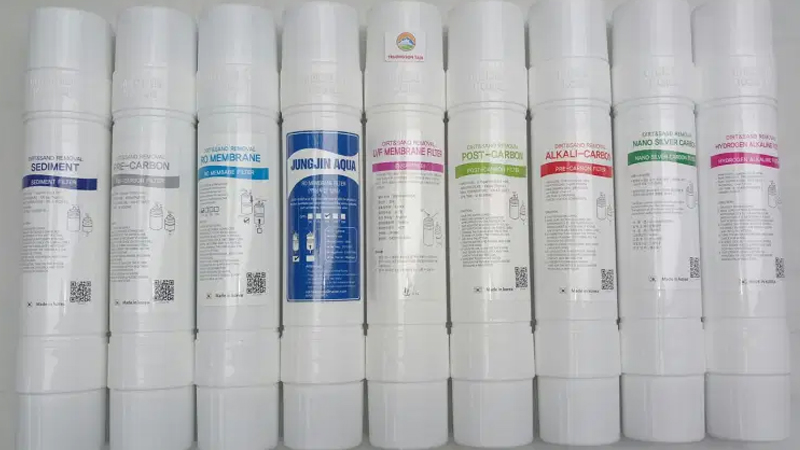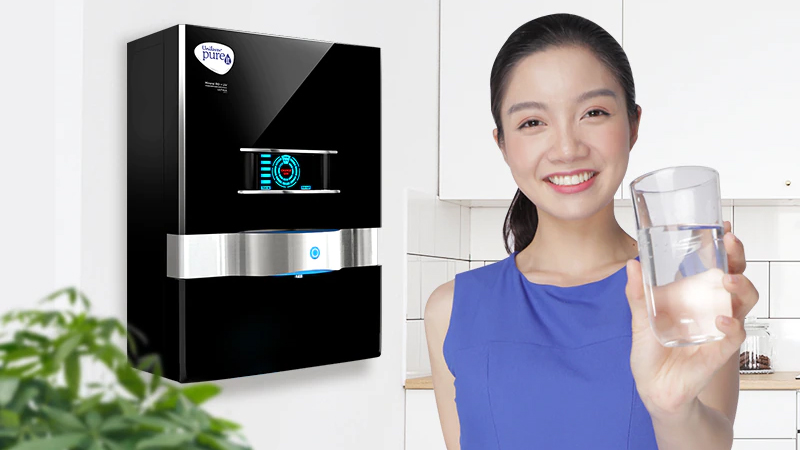The industrialization and modernization processes have had a detrimental effect on our water sources, causing severe pollution. As a result, many households have installed home water purifiers to safeguard their health. However, a common question arises: does a higher number of filters in a water purifier equate to cleaner water? This article aims to provide a straightforward answer to this query.
Environmental factors have contaminated our water sources to a significant degree. Using a water purifier has become essential to ensure the water we drink is safe. However, a common misconception exists where people assume that the more filters a purifier has, the cleaner the water it produces. Let’s delve into the truth behind this notion.
1 Unraveling the Relationship Between Filter Count and Water Purity
The market offers a diverse range of water purifiers, each boasting a different number of filters. This often leaves consumers wondering if opting for a purifier with more filters translates to better water filtration.

It is important to note that RO (reverse osmosis) water purifiers typically achieve effective water purification using the first four filters. Any additional filters included in the system are not meant for further purification but rather to introduce minerals that are beneficial to our health.
2 A Journey Through the First Four Filters: Understanding Their Role
As water enters the purification system, it undergoes a series of treatments, each designed to target specific contaminants. Let’s take a closer look at the function of each of these initial filters:
Filter 1
Structure: Comprised of PP (polypropylene) fibers with a 5-micron pore size (to put it into perspective, 1 micron equals 1/1000mm).
Function: This filter acts as a barrier, preventing large particles measuring more than 5 microns, such as mud, sediment, and rust, from passing through.
Filter 2

After the initial treatment in Filter 1, the water moves on to the second stage of purification:
Structure: Contains granular activated carbon, a highly adsorbent material.
Function: This filter is designed to absorb and trap heavy metals, cleaning agents, pesticides, organic compounds, and other harmful chemicals present in the water.
Filter 3
The water then advances to the third stage of filtration:
Structure: Comprised of PP fibers with a smaller pore size of 1 micron.
Function: This filter blocks coarse impurities, heavy metals, and soil particles larger than 1 micron, further refining the water’s purity.
Filter 4 (RO Membrane)

After passing through the first three filters, the water undergoes the final and most crucial stage of purification:
Structure: This filter consists of rolled-up membrane clusters, each containing a clean water membrane, a reverse osmosis membrane, and a feed water membrane. The RO membrane is the star player here, with an extremely small pore size of 0.0001 microns.
Function: Through the process of reverse osmosis, this filter removes solid impurities, dissolved gases, heavy metal ions, and bacteria that may have slipped through the previous filters. By the time the water reaches this stage, it has undergone a comprehensive treatment, ensuring the elimination of most harmful substances.
3 Exploring the Role of Post-Filter 4 Cores: Brand-Specific Examples
Kangaroo Brand Filter Cores
Filter 5: Crafted from nano silver, this filter not only eliminates chlorine odor and toxins but also provides an additional layer of antibacterial protection. It further enhances the natural sweetness of the water.
Filter 6: Comprised of ceramic balls, this filter increases the oxygen content in the water. This feature helps to slow down the aging process and prevent dry skin, promoting overall well-being.

Filter 7: Constructed from alkaline stones, this filter neutralizes water oxidation and provides trace elements essential for the body. It further supports metabolism and enhances nutrient absorption, contributing to better overall health.
Filter 8: Made from Maifan stones, this filter naturally infuses the water with up to 45 types of minerals. This process ensures that the water is not only pure but also packed with essential minerals.
Sunhouse Brand Filter Cores
Filters 5 to 8 of the Sunhouse brand serve similar functions as those mentioned for the Kangaroo brand. Additionally:
Filter 9: This filter is crafted from dense activated carbon infused with nano silver. Its role is to stabilize the water’s pH, maintaining its natural refreshing taste. It also removes any remaining organic compounds and odors that may have slipped through the RO membrane.

Filter 10: The ORP (Oxidation-Reduction Potential) filter takes the purification process a step further. It increases the water’s pH to a range of 8-9.5 and reduces its electrical conductivity. This enhances the water’s oxidizing capacity, resulting in slower skin aging and improved overall health.
In conclusion, it is evident that the number of filters in a water purifier does not directly correlate to the level of water purity. I hope this article has provided valuable insights and empowered you to make an informed choice when selecting a water purifier to protect your family’s health.
The Ultimate Guide to Getting the Most Out of Your Water Purifier
Introducing the world of water purifiers – a growing household essential. Many people are unaware of the correct way to use these devices, but this article aims to change that. We will guide you through the essential do’s and don’ts to ensure your water purifier works effectively and efficiently. It’s time to unlock the secrets to pure, clean water.



































